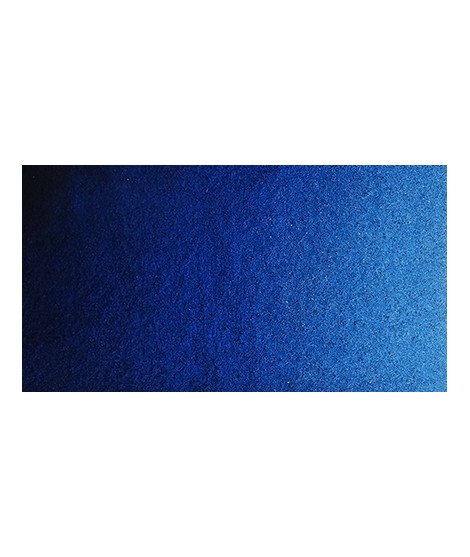





Prussian Blue - The First Modern Synthetic Pigment
PB27 - Transparent - Non-Granulating
Prussian Blue is an essential hue for watercolor artists. Rich in history, intensity, and versatility, it offers endless creative possibilities, whether for landscapes, portraits, or abstract works.
Prussian Blue is a rich, deep color that holds a special place in the history of art. Accidentally discovered in 1704 by German chemist Johann Jacob Diesbach, this synthetic pigment revolutionized artists’ palettes by providing an intense, affordable blue at a time when natural ultramarine (lapis lazuli) was expensive and rare.
In watercolor, Prussian Blue is prized for its cool, slightly greenish hue, making it ideal for depicting shadows, dramatic skies, or seascapes. Its strong tinting strength makes it a versatile pigment, perfect for delicate washes as well as more intense layers.
For rich, natural greens, mix it with Chartreuse Yellow or Cadmium yellow lemon to create vibrant foliage.
For atmospheric greys, combine it with a touch of Pyrrole red deep to achieve interesting shadows. For deep blues, blend it with Ultramarine Blue to enhance the depth of the tone. To create deep blacks, mix it with Burnt Umber to produce a blue-tinted black, perfect for nocturnal effects.
I really care about who my colors are for. If I do this job it is above all not to satisfy customers or gain market share but to satisfy artists. So I hope that they can be seduced by the power of the colors and their brightness.